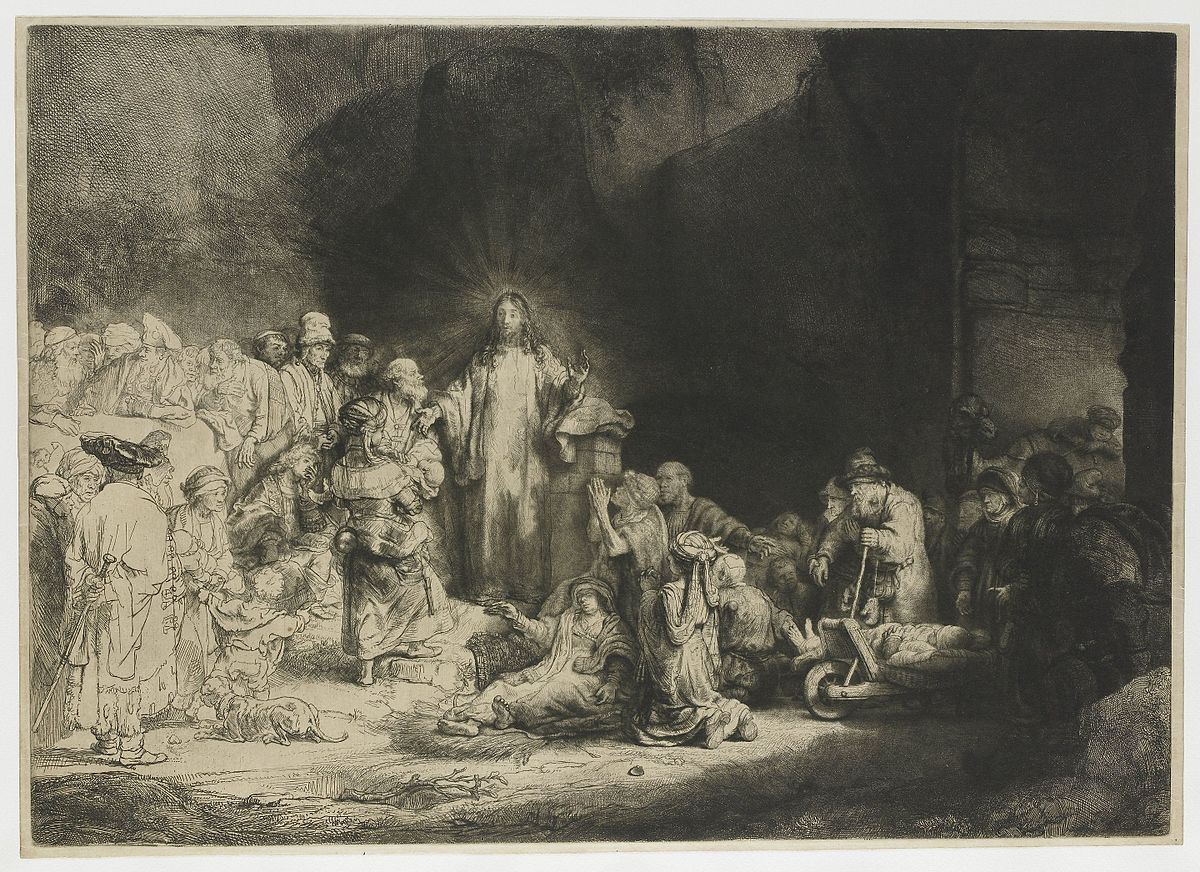
“No, those who labor and are heavy-laden do not all look the way Rembrandt drew them in his ‘Hundred Guilder’ picture—poverty-stricken, miserable, sick, leprous, ragged, with worn, furrowed faces. They are also found concealed behind happy-looking, youthful faces and brilliantly successful lives. There are people who feel utterly forsaken in the midst of high society, to whom everything in their lives seems stale and empty to the point of nausea, because they can sense that underneath it all, their souls are decaying and rotting away. There is no loneliness like that of the fortunate.”
–Dietrich Bonhoeffer

